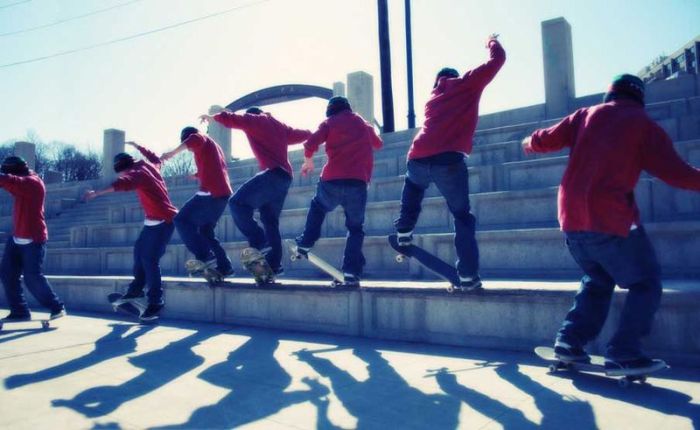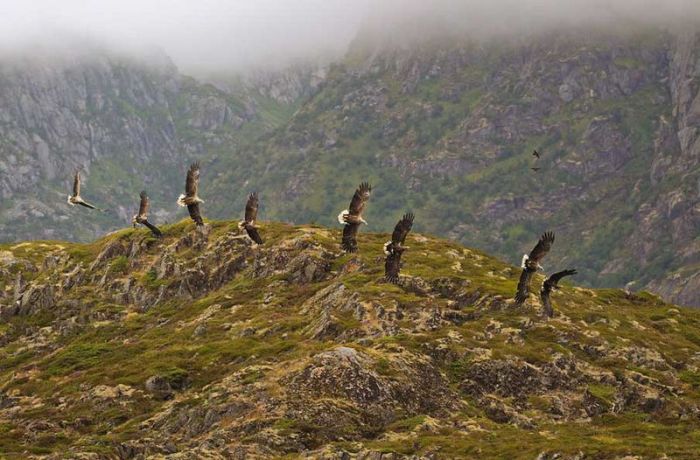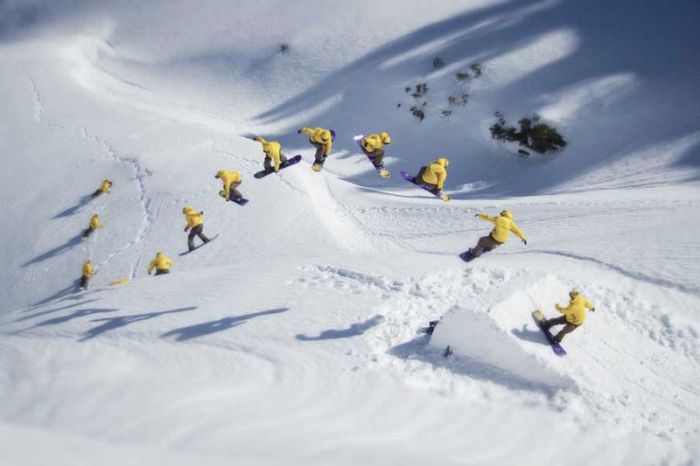

After photographer Cristina de Middel asked them to design her acclaimed 2012 book The Afronauts, Pez and Abril collaborated on Ponte City by Mikhael Subotzky and Patrick Waterhouse, and books featuring Abril’s photos. While working as the senior art director at Colors magazine, Pez learned to “play with visual narrative,” he says, and formed a close collaboration with Abril, who served as the magazine’s photo editor. In Laia Abril’s book The Epilogue, some pages folded out to reveal information about the life of the subject, a young woman who had died from complications of bulimia.
#SEQUENTIAL PHOTOGRAPHY SERIES#
To understand the different ways a series of images can be turned into a compelling photo book, PDN asked respected photo book designers to explain their process for creating visual narratives, and how they have worked with photographers to edit their photo books. “Sometimes lesser quality images that capture a certain mood, or are empty, or even vague can function ideally as a release.” “Like in a film or a novel, you have to build up to the tension and then you need to release the tension.” He typically begins by asking to see the photographer’s outtakes, he says. “If you simply select the best 50 images in a series, it’s not an interesting book, because the tension in the photos is always the same,” says Teun van der Heijden, who has designed many acclaimed photo books including Black Passport by Stanley Greene, Interrogations by Donald Weber and The Autobiography of Miss Wish by Nina Berman. “Do you want him to know everything already, do you want him to be confused, do you want him to get emotional? You play with the content depending on what you want the reader to feel.” “What’s the journey you want your reader to go through?” says Laia Abril, a photographer and editor who has collaborated with designer Ramon Pez on The Afronauts by Cristina de Middel and other photobooks.



The fifth aspect concerns White's belief in "reading without reservation." Chapter 5 notes that this method preceded that of Roland Barthes and that it was based on Freud's process of word association.What makes a successful photo book different from a slide show of images? Experienced book editors say they strive to create a narrative arc that carries the reader from the first page to the last. Chapter 4 examines the San Francisco School ofExpressionism, especially work by CSFA instructor Clyfford Still, and demonstrates White's fusion of painterly abstraction with photographic realism. The fourth concept is the tension or "spring-tight line" between abstraction and reality in the photographs. White proposed a unification of these previous concepts in "the flow of the sequence." Chapter 3 claims that this is a transformation of Heinrich Wolfflin's "flow of the Baroque," from the Principles of Art History, and Sigmund Freud's "psychic concatenation" from The Interpretation of Dreams. However, Chapter 2 argues that the subject is couched symbolically and metaphorically, where the rocks become equivalents of White's frustrated homosexual desires. White then examined "the subject of the sequence." The Fourth Sequence images depict the coastline rocks found south of the city at Point Lobos. White first addressed "the time between photographs." Revising the cinematic concept of the persistence of vision, Chapter 1 argues that this is negative time, or eternity, and that it is filled in by the beholder's persistence of memory. The accompanying text claims that "a sequence of photographs is like a cinema of stills." Utilizing archival evidence, this dissertation deconstructs this text in order to reconstruct White's theory in relation to five contemporaneous philosophical debates in painting, photography and film. Of all his sequences, White's Fourth Sequence of twelve images was critical because it inspired his definitive theorization of sequential photography. This dissertation addresses the work of the American photographer Minor White, especially from 1946 to 1953 while he taught at San Francisco's California School of Fine Arts. There are many theories of photography and film but few theories of ordered groups of photographs called sequences.


 0 kommentar(er)
0 kommentar(er)
